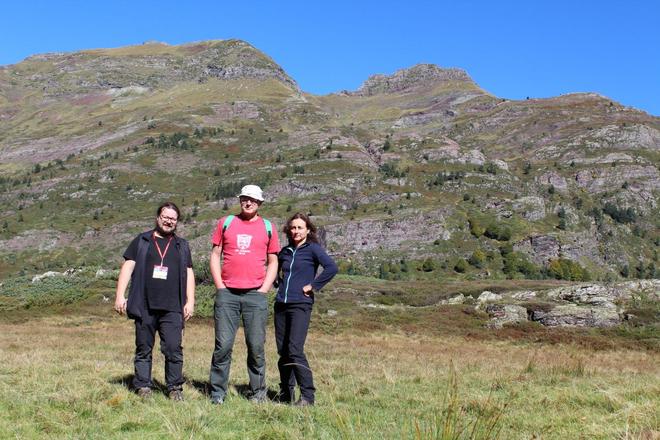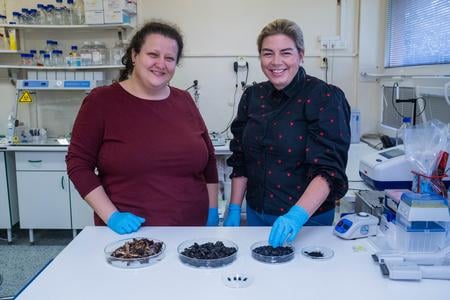Although you might assume that we know a lot about our world, scientists discover new things on a daily basis. Surprisingly, these include new species of plants, animals – and fungi.
In fact, just recently an international team of researchers led by Slavomír Adamčík from the Plant Science and Biodiversity Centre of the Slovak Academy of Sciences (SAV) described 19 species of fungi from the genus Dermoloma that are completely new to science. They were found in Europe and North America – in places that are otherwise well surveyed.
One reason that have remained hidden until now is that they are quite difficult to spot.
"The estimated global diversity of fungi is over 2 million species, with only about 165,000 species known to date. Many are microscopic and do not form conspicuous fruiting bodies," Adamčík tells The Slovak Spectator, adding that they belong to the group basidiomycetes, which is relatively well studied, particularly in Europe. Among other things, these fungi play a pivotal role in global edible mushroom production.
"It was therefore surprising to find a genus within this group that has so many previously unknown species in Europe. The state of research and knowledge of fungal species depends on a group and region. Fungi in tropical regions are not so well known; nor are microscopic fungi that are difficult to cultivate because they are closely related to their hosts as parasites or to their partners as symbiotic organisms," he explains.
The research was published in the journal IMA Fungus.
To stay up to date with what scientists in Slovakia or Slovak scientists around the world are doing, subscribe to the Slovak Science newsletter, which will be sent to readers free of charge four times a year.
Pooling their samples
Dermoloma are relatively small grey-brown fungi that form fruiting bodies that have a stipe and a cap with gills, for spore dispersal. Since they often grow in grassy, meadow or pasture vegetation, they are often overlooked.
Adamčík's team started to study the genus some time ago, while investigating grassy-herbaceous vegetation with rare plant species in Slovakia. According to him, the literature often mentioned just 4 to 8 species. However, a phylogenetic analysis showed that the diversity in the genus is much higher than previously realised.
"This motivated us to continue studying the genus, to determine how many species there are in Europe and North America, how they differ, and which of them had already been described in the past," says Adamčík.






